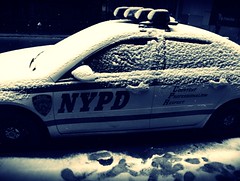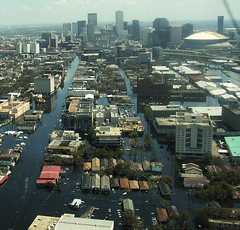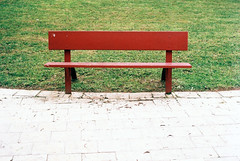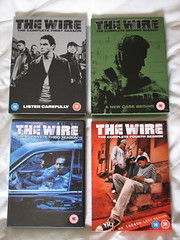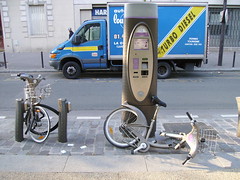 A new study finds that it now costs approximately $60,000 a year for a family of four to survive in Philadelphia without government assistance, reports The Philadelphia Inquirer. This actual cost of living is almost three times as much as the federal poverty level:
A new study finds that it now costs approximately $60,000 a year for a family of four to survive in Philadelphia without government assistance, reports The Philadelphia Inquirer. This actual cost of living is almost three times as much as the federal poverty level:
A family of four is considered poor if it makes $22,050 a year – the federal poverty level.
That measure, which has been used for nearly 50 years, has long been criticized as failing to take a full measure of what it costs to live in America.
The level, based on how Americans lived in the 1960s, does not take into account costs of child care, health care, transportation, and housing. Also, the level is the same throughout the continental United States, failing to consider variations in cost based on geography. For example, it costs more to live in San Francisco than in Williamsport, Pa., but the federal poverty level is the same in both places.
There is a gap between the cost of living in Philadelphia and what most people actually make:
Nearly 62 percent of Philadelphia households take in less than $50,000 a year, according to census data analyzed by Dave Elesh, a sociologist at Temple University.
The $60,000 figure reveals that there are many more people who are having trouble making it, said Carol Goertzel, president and chief executive of PathWays PA, a Delaware County advocacy group for which the standard was prepared.
Advocates say the Pennsylvania study demonstrates that years of stagnating wages and growing income inequality have taken a toll, making it harder for working people to survive.
“Everybody is feeling hard times right now because of the recession,” said Carey Morgan, executive director of the Greater Philadelphia Coalition Against Hunger. “We like to blame and judge certain people and say they’re poor” because of inner failings, Morgan said. “But in the past couple of years, we see it can happen to anybody. This study is a wake-up call.”
Unable to stretch their wages to cover basic necessities, families lack adequate income to meet the costs of food, housing, transportation, and health and child care, wrote sociologist Diana Pearce, who prepared the study. These families are “nevertheless not deemed poor by the official federal poverty measure,” she added.
Since 2008, costs for child care and food in Philadelphia have gone up 8 percent each, while health care has shot up 22 percent and housing has risen 23 percent, according to Goertzel.

